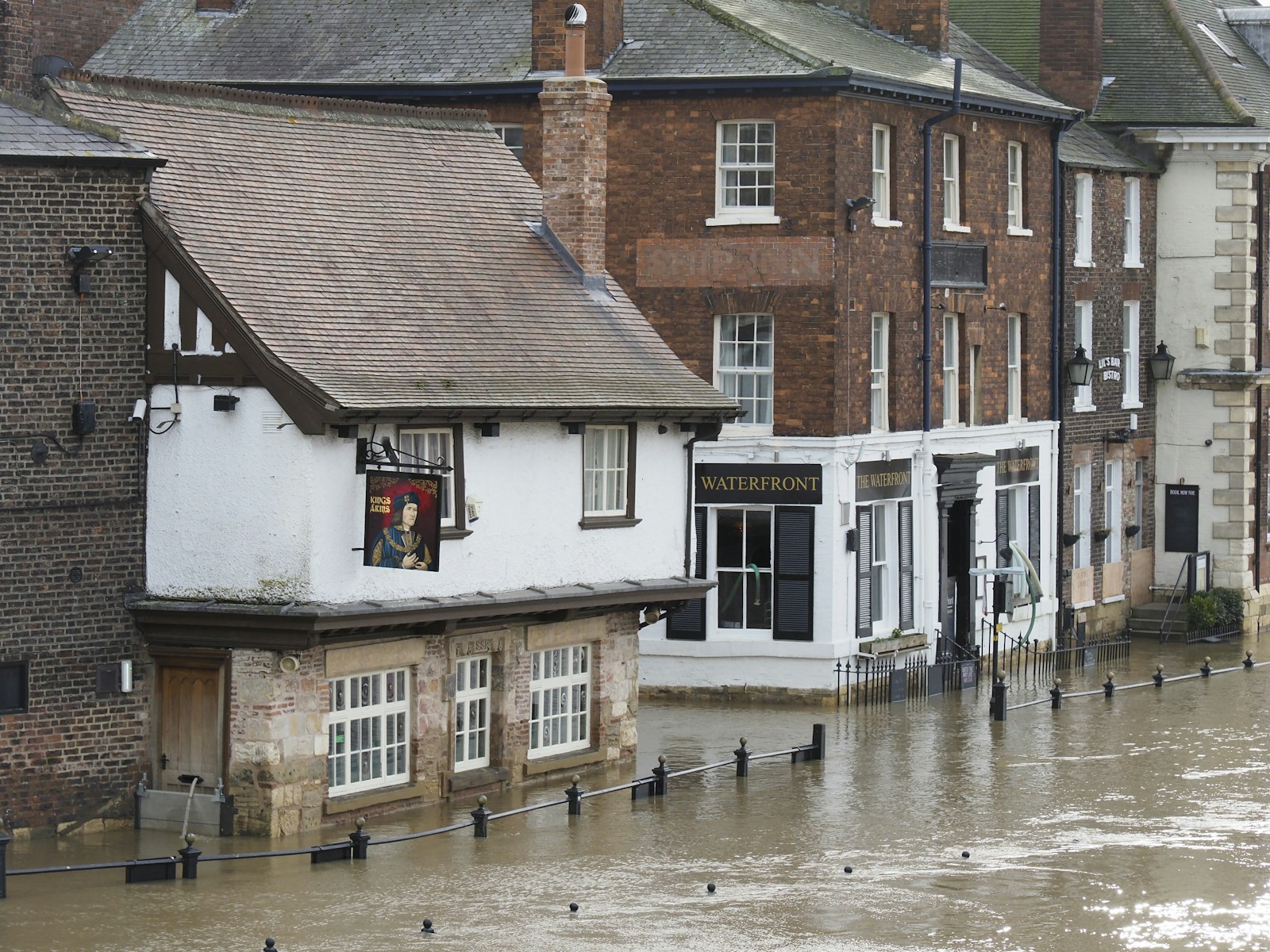History of flooding in Spain
Mariano Barriendos and Fernando S. Rodrigo in their research provides an in-depth analysis of flood occurrences across Spanish river basins over several centuries, based on historical documentary evidence. The researchers compiled extensive data to understand the frequency, distribution, and impact of floods before the instrumental recording era.
Their study highlighted key periods of high flood frequency, such as the late 16th century and late 18th century, which correlated with broader European climate anomalies and increased precipitation. Conversely, periods like the 15th century and early 19th century exhibited lower flood activity. These fluctuations were partially linked to climatic factors such as the North Atlantic Oscillation (NAO) and solar activity, notably during the Maunder Minimum.
Out of the recorded events, 42 were classified as Large Catastrophic Events (LCEs), impacting multiple basins simultaneously, and five were classified as Very Large Catastrophic Events (VLCEs), affecting broad regions with severe consequences. For instance, the flood of November 1617, termed “The Year of Deluge,” was one of the most extensive, affecting cities such as Valencia and parts of Catalonia, causing widespread damage and long-term societal impacts.
The researchers emphasized the role of climatic conditions in shaping flood patterns, with a focus on the Mediterranean’s susceptibility to short, intense downpours and the Atlantic’s longer, continuous rainfall. The paper also pointed out human activities like deforestation and agricultural expansion as exacerbating factors that increased runoff and erosion, contributing to the flood risks.
The 20th century saw significant floods, but perhaps none more impactful than the 1957 Great Flood of Valencia, which is one of Spain’s most infamous disasters. Triggered by heavy rains, the Turia River surged beyond its banks, resulting in the deaths of over 80 people and leaving parts of the city submerged under nearly two meters of water. This catastrophic event catalyzed a massive civil engineering project, resulting in the rerouting of the Turia River and the creation of a sunken garden park, known as the Turia Gardens, that now winds through the heart of the city. This project has since become a model of flood prevention and urban design integration
The 1982 Levante Floods brought more devastation, particularly to the region of Valencia and the provinces of Alicante and Murcia. Similar to the 1957 event, the flooding was caused by an abrupt surge in rainfall that the natural waterways could not accommodate. These events reinforced the importance of flood defense systems and early-warning meteorological technologies.
Current situation
In recent decades, Spain has experienced more frequent and severe flooding, influenced by climate change and erratic weather patterns. Studies show that the Mediterranean region is particularly vulnerable to climate-related phenomena due to warming temperatures and changing rainfall patterns. This vulnerability is exacerbated by the DANA (Depresión Aislada en Niveles Altos), a type of cut-off low-pressure system that often triggers intense rain and flooding.
The most recent and severe flood to impact Spain occurred in late October 2024, primarily affecting the province of Valencia and its surroundings. The event began with a DANA system that settled over the region, drawing in moist air from the Mediterranean Sea. This system led to unprecedented rainfall: in the town of Chiva, nearly 500 mm (20 inches) of rain fell within just eight hours. The torrents resulted in flash floods that swept through urban and agricultural areas, submerging homes, businesses, and infrastructure.
According to Spain’s meteorological agency, AEMET, the event was among the most severe in recorded history. This intense rainfall overwhelmed existing drainage systems and protective measures, highlighting the limits of current flood prevention infrastructure. The Turia River once again flooded, recalling the catastrophic events of 1957, but this time the impact extended further, affecting modern urban and agricultural areas alike.
The human toll was devastating. Reports indicated over 100 fatalities, with significant casualties in towns such as Paiporta. Infrastructure damage included destroyed bridges, flooded roads, and railways rendered unusable. The Spanish government mobilized its military emergency unit, deploying over 1,100 personnel for rescue and relief operations. These measures underscored the scale of the disaster and the urgent need for more robust preventive and adaptive measures.
Future recommendations
Spain’s experience with flooding over the centuries, culminating in the 2024 disaster, highlights a blend of historical lessons and modern challenges. While structural defenses like river redirection and embankments have been essential in past decades, modern flood management now requires integrating climate adaptation strategies. Enhanced weather forecasting, improved land-use planning, and international cooperation on climate resilience are critical for mitigating future risks.
In the aftermath of the 2024 floods, discussions have intensified around updating Spain’s national flood management policies. Proposals include bolstering the capacity of existing drainage infrastructure, creating buffer zones to absorb overflow, and incorporating green solutions like rain gardens and permeable pavements to enhance urban resilience. Such adaptations are necessary as climate change continues to alter precipitation patterns and increase the frequency of severe weather events.
The history of flooding in Spain is one marked by recurring challenges and evolving responses. From the Great Floods of past centuries to the devastation of the 2024 Valencia flood, each event has shaped the nation’s understanding of and approach to flood management. Modern Spain now stands at a crossroads where integrating advanced technological solutions, improving early-warning systems, and embedding climate-resilient practices in urban planning are essential to protect lives and property against future floods.
This dynamic approach reflects a broader global need for nations to adapt to changing climates and the powerful natural phenomena that come with it. Spain’s path forward, forged from lessons of past and present, could serve as a blueprint for other nations grappling with similar challenges in an era of climate unpredictability.








